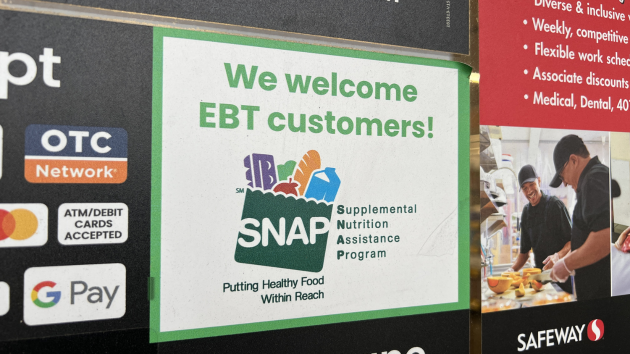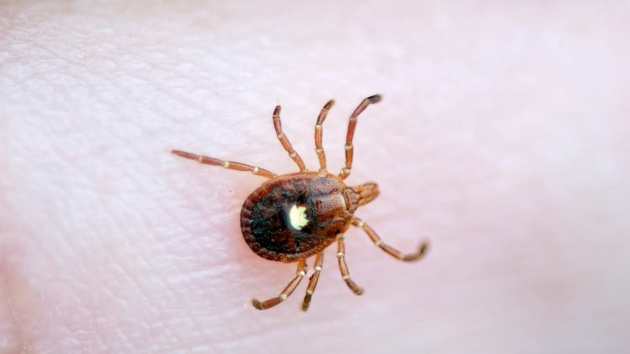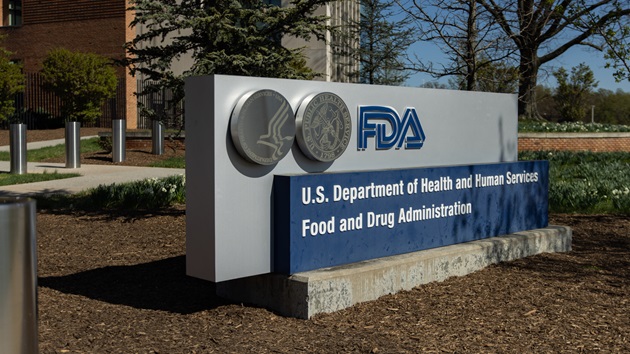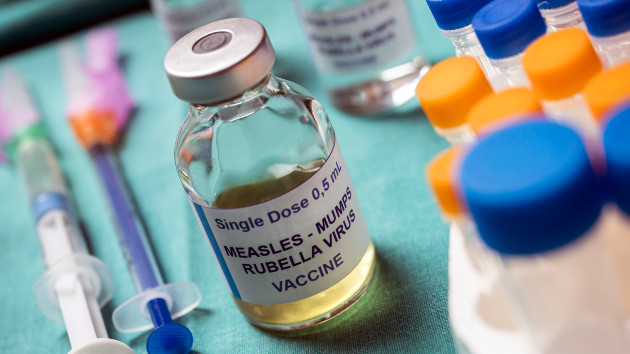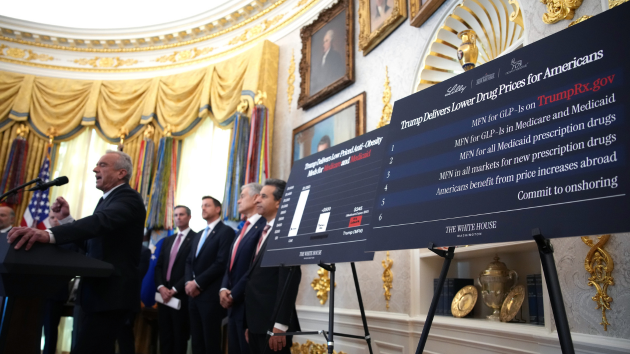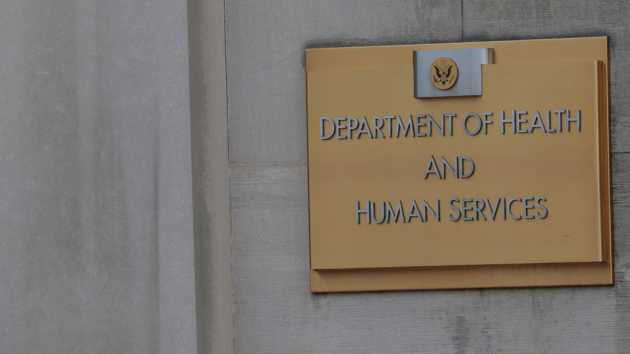
(NEW YORK) — The Department of Health and Human Services (HHS) released a final version of its report on pediatric gender-affirming care on Wednesday, claiming it found “medical dangers posed to children,” which is receiving pushback from medical groups.
The report alleged that gender-affirming care — including puberty blockers, cross-sex hormones and gender-affirming surgeries — caused significant, long-term damage.
It comes after HHS published in May an early version of what it referred to as a “comprehensive review” of transgender care for children and teens, in which it called for a broader use of psychotherapy for young people with gender dysphoria rather than gender-affirming medical interventions.
The HHS referred to the final version of the report as “peer-reviewed,” but some of those who reviewed the contents are researchers who have spoken against gender affirming care.
Some major medical groups have pushed back, stating that psychotherapy first is the standard approach in gender-affirming care and that additional care, such as hormonal therapies, only occurs after in-depth evaluations between patients and doctors.
The American Psychological Association (APA), which reviewed the report, argued it lacks transparency and that scientific research does not support the authors’ theories.
Experts in the gender-affirming care space questioned the validity of the findings, saying that studies have found that gender-affirming care is generally safe and that youth with gender dysphoria are typically evaluated, diagnosed and treated based on an individual assessment by qualified providers.
“This report does not add to the science. It adds to the noise around care for transgender young people, care that is provided by licensed clinicians according to a standard of care,” Kellan Baker, senior advisor for health policy at the Movement Advancement Project, an independent think tank that provides research, insight and analysis on LGBTQ+ issues, told ABC News.
“That standard of care is based on the same comparable quality of evidence as care across any other area of medicine,” Baker continued. “There is nothing new or unusual about care for transgender young people except for the extraordinary degree of political antagonism that is being focused on this very, very small group of young people.”
In a press release on Wednesday, Dr. Jay Bhattacharya, director of the National Institutes of Health, called the report “a turning point for American medicine,” adding that “we are committed to ensuring that science, not ideology, guides America’s medical research.”
David Aizuss, MD, chair of the American Medical Association Board of Trustees and Susan J. Kressly, MD, FAAP, president of the American Academy of Pediatrics, released a joint statement on Wednesday.
“We reject characterizations of our approach to gender-affirming care as negligent or ideologically driven, and take particular issue with the false assertion that our members have committed ‘malpractice’ or betrayed their oath in any way,” the statement read.
“These claims, rooted in politics and partisanship, misrepresent the consensus of medical science, undermine the professionalism of physicians, and risk harming vulnerable young people and their families,” Aizuss and Kressly added.
The final version of the HHS report listed nine authors, all of whom have expressed skeptical views of, or have opposed, pediatric gender-affirming care.
The initial May report did not list the names of its authors to “help maintain the integrity of this process.” Critics at the time pointed out that this prevented readers from gauging whether the names were credible or had any conflicts of interest.
The disclosures in the final report show that at least six of the nine authors have financial interests or have spoken out extensively opposing gender affirming care.
This includes authors who have been paid to offer expert testimony on legislative efforts to ban pediatric gender medicine and have published papers critical of pediatric gender medicine, including claims that such care does not improve depression or suicidality among trans youth.
The report included 10 reviewers, including individual physicians and medical groups, some of whom praised the report as “scientifically sound” and said the main findings and conclusions are “correct.”
Other reviewers were critical, including the APA, which accused the authors of the report of cherry-picking which studies it used in its findings and not justifying why other studies were excluded. Additionally, it says key findings in studies that were relied on were unexplained or absent.
“While the HHS Report purports to be a thorough, evidence-based assessment of gender-affirming care for transgender youth, its underlying methodology lacks sufficient transparency and clarity for its findings to be taken at face value,” the APA wrote in its review, found in the report’s supplement.
In conclusion, the group wrote, “the report’s claims fall short of the standard of methodological rigor that should be considered a prerequisite for policy guidance in clinical care.”
In a response to the report, the Endocrine Society said in a statement to ABC News that mental health care is already part of treating transgender and gender-diverse youth with health care protocols requiring initial mental health support and evaluations.
However, they add that access to medication such as hormone therapy can be used in conversations between patients, their families and their doctors. They add that such care is also relatively rare.
“The use of puberty-delaying medication or hormone therapy remains rare and reflects a cautious approach as recommended in our guideline,” the statement read. “Fewer than one in 1,000 U.S. adolescents with commercial insurance received either treatment during the five-year period from 2018 to 2022, according to a January 2025 study from the Harvard T.H. Chan School of Public Health. And our 2017 guidelines recommend against prescribing any medication for gender dysphoria before puberty starts.”
Gender-affirming care is supported by multiple major medical organizations, including the American Academy of Pediatrics (AAP), American College of Obstetrics and Gynecology (ACOG) and the APA, and the Endocrine Society.
Studies have shown that many of the treatment options are generally safe and that care can have a positive impact on mental health, which psychotherapy alone cannot provide, experts said.
Some experts have questioned the significance of interventions on long-term mental health as well as the possibility of regret and point out potential risks to future fertility.
Additionally, systematic reviews from Sweden, Finland and the U.K. have resulted in the three countries restricting gender-affirming care. England’s National Health Service ended prescribing puberty blockers for minors experiencing gender dysphoria outside of clinical trials. Sweden and Finland have followed psychotherapy-first models.
Copyright © 2025, ABC Audio. All rights reserved.




